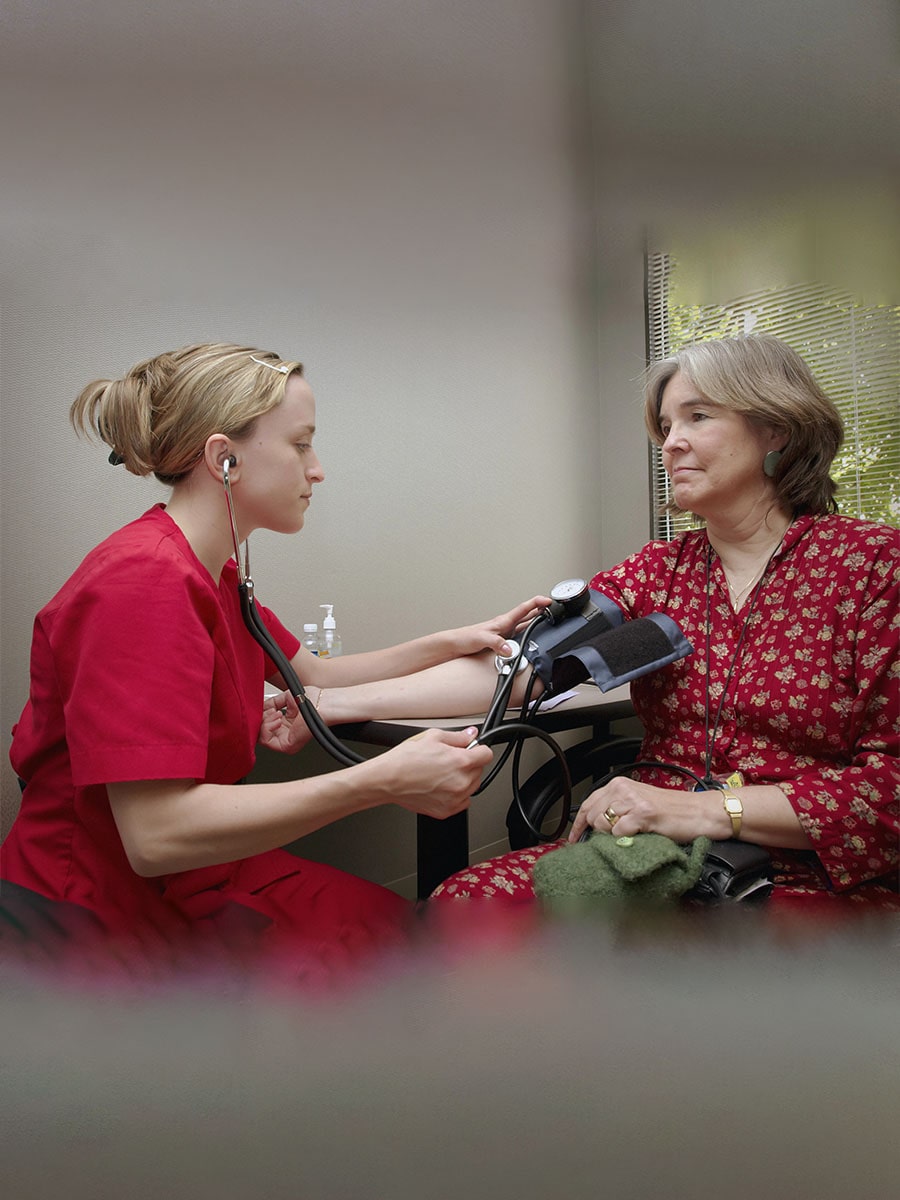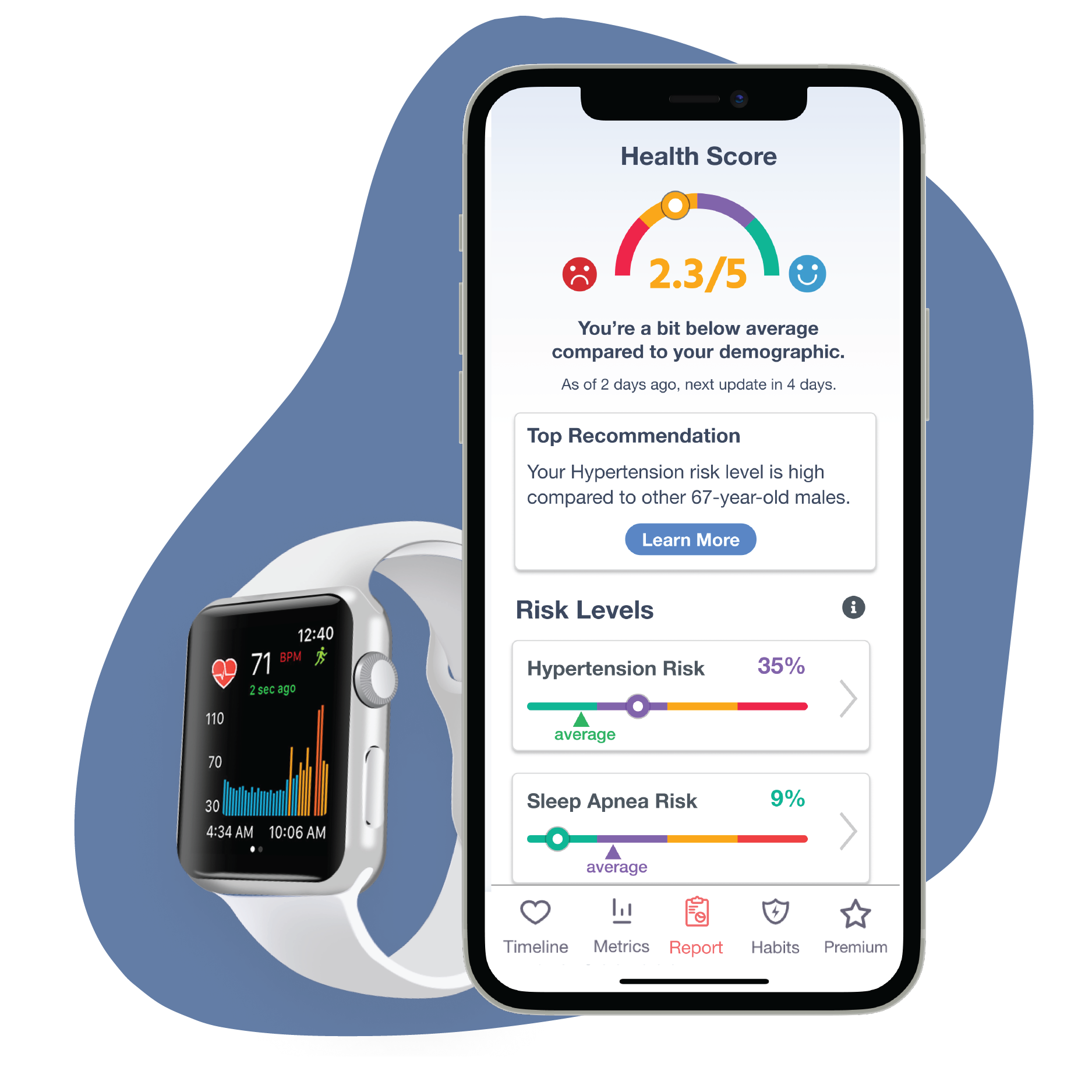
Hidden Symptoms of Hypertension
Now, let’s delve into some of the less-recognized symptoms of hypertension and explore how your Cardiogram app can further help in early detection:
Dizziness
With hypertension, it’s not uncommon that along with headaches (severe or mild) come dizziness or lightheadedness. These symptoms are often dismissed as being caused by stress or fatigue. However, if you regularly experience dizziness, especially if it’s also accompanied by other symptoms of hypertension, it’s important that you speak with your doctor to discover the underlying cause.
Frequent Nosebleeds
Although occasional nosebleeds are mostly harmless, frequent and unexpected nosebleeds could signal that something more serious is at play. By examining your heart rate data around the clock, and tagging when nosebleeds occur, Cardiogram can provide valuable information to your healthcare provider that may help in accurately diagnosing or dismissing hypertension or other possible conditions.
Blurred Vision or Seeing Floaters
Uncontrolled hypertension can cause damage to the blood vessels in the eyes, leading to vision issues. Of course, it’s important that these symptoms aren’t overlooked. With your Cardiogram app, irregular heart rate patterns that might coincide with these symptoms can be identified early on, allowing you to be kept best informed about your heart health.
Fatigue or Confusion
High blood pressure can reduce blood flow to the brain, causing symptoms like fatigue, confusion, or memory problems. Your Cardiogram app uses your smartwatch's heart rate data to spot any abnormal patterns, helping you and your healthcare provider draw possible links between these symptoms and hypertension.
Difficulty Sleeping or Sleep Apnea
It’s not uncommon for hypertension and sleep disorders like
sleep apnea to go hand in hand. Thankfully, Cardiogram also provides your clinically-validated
Sleep Apnea Risk Score. If you have a Moderate to High Sleep Apnea Risk Score, or if you're having trouble sleeping or have been diagnosed with sleep apnea, it’s certainly worth speaking with a doctor and having your blood pressure regularly checked.
Swollen Ankles, Feet, and Legs
High blood pressure can eventually lead to kidney issues. One symptom of this is to experience swelling in the lower extremities due to fluid retention. Tracking overall heart rate patterns and staying on top of your Hypertension Risk Score with Cardiogram can assist in identifying the reason behind these signs.
Increased Urination at Night
Frequent urination at night could be a follow-up symptom of hypertension-related kidney issues. By monitoring overall patterns of rest, activity, and heart rate through Cardiogram, you might spot this less obvious symptom of hypertension.
Irregular Heartbeat
This one likely comes as no surprise. An irregular heartbeat, also known as an
arrhythmia, can be a subtle sign of long-standing hypertension. High blood pressure can cause changes in the heart's structure and function, eventually resulting in abnormal heart rhythms. This symptom might not always be apparent to the naked eye but can certainly be efficiently spotted and tracked with Cardiogram.






